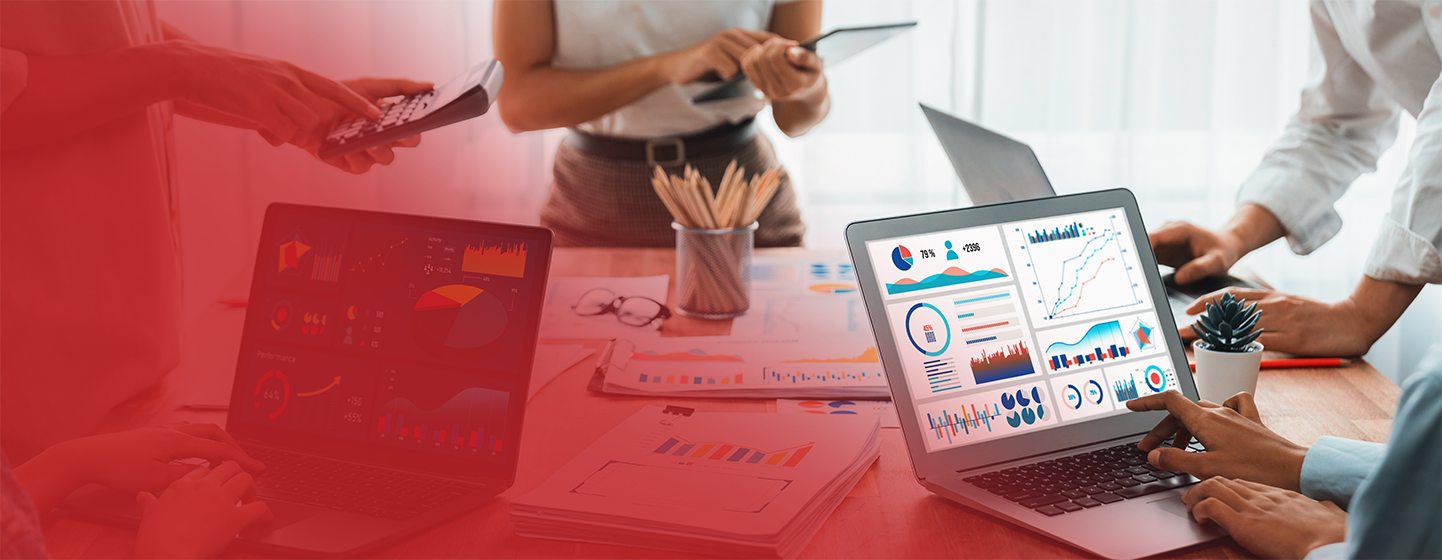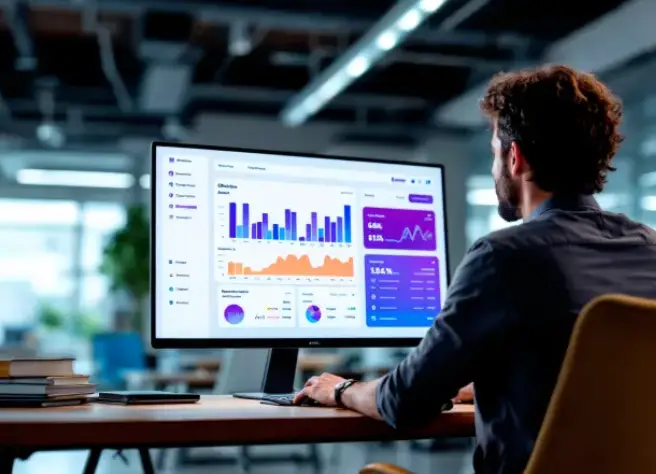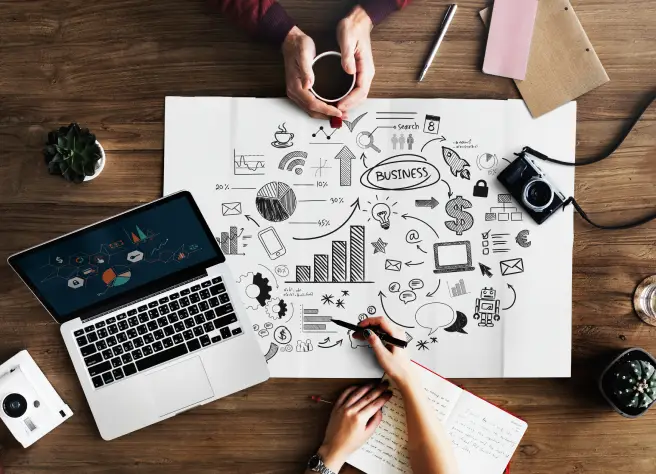
In today’s digital world, customers rarely buy from you the first time they interact with your brand. Instead, they go through a journey — from discovering your business to eventually becoming loyal customers.
This journey is called a marketing funnel — and if your business doesn’t have one, you’re likely losing potential customers every single day.
In this guide, we’ll explain what a marketing funnel is, why your business needs one, and how to build a simple, effective funnel that turns strangers into loyal customers.
🧭 What is a Marketing Funnel?
A marketing funnel is a step-by-step process that guides potential customers through their buying journey — from first awareness to final purchase (and beyond).
It’s shaped like a funnel because:
-
Many people enter at the top
-
Fewer make it to the bottom (purchase)
🎯 Typical Funnel Stages (AIDA Model):
| Funnel Stage | What It Means | Example |
|---|---|---|
| Awareness | The person discovers your brand | Sees your ad or social post |
| Interest | They learn more about your product/service | Reads a blog or signs up for a newsletter |
| Desire | They start wanting your solution | Downloads a free guide or attends a webinar |
| Action | They make a purchase | Buys your product or contacts you for a quote |
Some funnels also include loyalty and advocacy stages to turn customers into repeat buyers and brand promoters.
🛑 Why Your Business Needs a Marketing Funnel
Without a funnel, you’re just throwing marketing messages into the wind — and hoping something sticks. Here’s why a funnel is critical:
✅ 1. It Gives Structure to Your Marketing
Instead of random posts, emails, or ads, a funnel creates a clear path for your prospects to follow.
Result: More organized campaigns and a better customer experience.
✅ 2. It Nurtures Leads Over Time
Most people aren’t ready to buy right away. A funnel helps you build trust and educate them until they’re ready.
Example:
Someone downloads a free checklist → Gets follow-up emails → Books a free consultation
✅ 3. It Increases Conversions
By sending the right message at the right time, you move leads closer to buying.
Example:
Someone visits your pricing page but doesn’t buy → You retarget them with a discount ad
✅ 4. It Helps You Identify Leaks
If people drop off at a certain stage, you’ll know where to improve — whether it’s your landing page, email content, or offer.
✅ 5. It Works 24/7
Once set up, your funnel keeps working — generating leads and sales on autopilot.
🛠️ How to Build a Simple Marketing Funnel (Step by Step)
You don’t need complicated tools to start. Here’s a basic funnel you can build today:
Step 1: Awareness – Get People to Discover You
Goal: Attract new visitors
Tactics:
-
Run social media ads
-
Post valuable content on LinkedIn, Instagram, YouTube
-
Use SEO to rank for search terms
-
Guest blog or appear on podcasts
Tool Tip: Use Google Ads or Facebook Ads to drive traffic to your top-of-funnel content.
Step 2: Interest – Offer Something Valuable
Goal: Collect email addresses and qualify leads
Tactics:
-
Offer a lead magnet (free ebook, checklist, webinar, etc.)
-
Create a landing page with a form
-
Use an email opt-in popup on your site
Tool Tip: Use Mailchimp, ConvertKit, or ActiveCampaign to manage email lists.
Step 3: Desire – Nurture Leads With Email & Content
Goal: Build trust and position your offer
Tactics:
-
Send email sequences that solve your prospect’s problems
-
Share case studies, testimonials, or product demos
-
Address objections through educational content
Tip: Don’t just sell — educate and help.
Step 4: Action – Make the Sale
Goal: Convert leads into customers
Tactics:
-
Send a special offer or time-sensitive discount
-
Use a clear call-to-action (CTA) on landing pages
-
Offer guarantees or easy refunds to reduce risk
Tool Tip: Use Stripe, Shopify, or Calendly to handle purchases or bookings.
Step 5: Loyalty – Keep Customers Coming Back
Goal: Turn one-time buyers into repeat customers
Tactics:
-
Send post-purchase thank-you emails
-
Offer referral rewards or loyalty programs
-
Share tutorials, tips, and exclusive content
Step 6: Advocacy – Turn Customers Into Promoters
Goal: Get happy customers to promote you
Tactics:
-
Ask for reviews or testimonials
-
Offer affiliate/referral programs
-
Encourage user-generated content
🔄 Example: Funnel for a Fitness Coach
| Funnel Stage | Example |
|---|---|
| Awareness | Instagram reels showing quick workouts |
| Interest | Free 7-day meal plan (email signup) |
| Desire | Email series with fitness tips, success stories |
| Action | Book a paid 1-on-1 coaching session |
| Loyalty | Weekly client check-ins and new programs |
| Advocacy | Clients post transformations on social media |
⚒️ Top Tools to Build Your Funnel
| Funnel Tool | Purpose |
|---|---|
| ClickFunnels | All-in-one funnel builder |
| Leadpages | Landing pages and lead capture |
| Mailchimp / ActiveCampaign | Email marketing and automation |
| Google Analytics / GA4 | Funnel tracking and performance |
| Zapier | Connects all your tools together |
🚧 Common Funnel Mistakes to Avoid
-
❌ Too many CTAs on one page
-
❌ Weak lead magnets that don’t solve a problem
-
❌ Poor follow-up (or no follow-up at all)
-
❌ Not tracking funnel performance
✅ Conclusion: Funnels = Sustainable Growth
A marketing funnel isn’t just a strategy — it’s a system that moves people from interest to action, from clicks to customers.
Whether you’re a service provider, coach, eCommerce store, or B2B company, a well-designed funnel can:
-
Reduce ad waste
-
Improve lead quality
-
Boost conversions
-
Drive long-term business growth
🧠 Start small, test often, and optimize each step of your funnel.
A smart funnel doesn’t just sell — it builds relationships.




